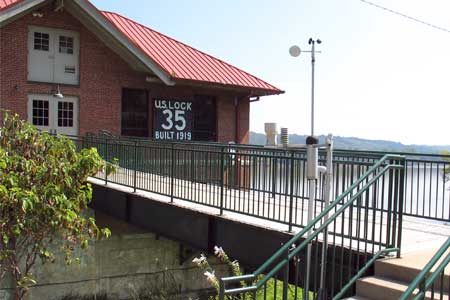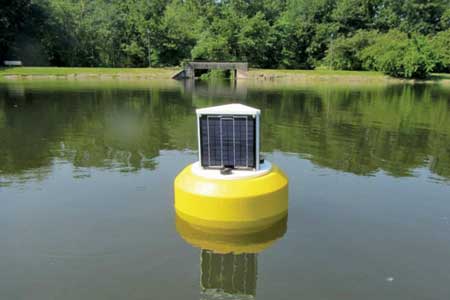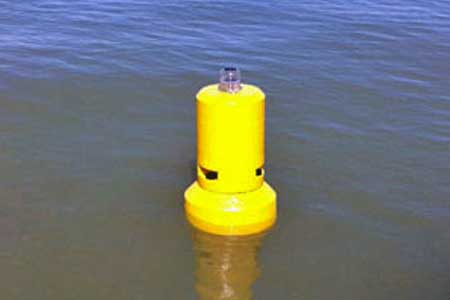Cage Aquaculture Monitoring

Cage aquaculture developments have opened up new possibilities for cultivation of various fish and other aquatic species in both freshwater and marine environments. Maximizing production, reducing inputs, and minimizing environmental impact all depend on healthy water quality. Real-time monitoring systems deliver the data needed to optimize cage aquaculture operations.
Cage Aquaculture

Typical Cage Aquaculture Monitoring System
Besides simply maximizing growth, maintaining healthy water quality in cage aquaculture can improve the overall health of fish, thereby increasing the resistance to disease and parasites like sea lice. Furthermore, it can minimize the impact on the surrounding environment. Data is essential to understanding water quality, and automated cage aquaculture monitoring systems can be an invaluable resource in keeping oversight.
A typical system consists of an X3 environmental data logger mounted onto the cage or pen structure. The logger is equipped with wireless communications for transmitting real-time data. An AC power supply drives the system if available. Alternatively, an SP-Series solar power pack allows for a completely self-contained system.
The X3 supports many industry-standard sensor types. Water quality sensors are commonly packaged together in multiparameter water quality sondes such as those from YSI, Hydrolab, Eureka, and In-situ. The YSI EXO3s is an example of such an instrument which delivers most of the important water quality parameters in a relatively cost-effective package.
The WQData LIVE web datacenter receives data in near real-time and is the platform for data management and remote logger controls. The rich feature set of WQData LIVE includes many options for viewing, manipulating, reporting and exporting data, as well as configurable alert and alarm notifications that inform personnel immediately upon recording out of range measurements.
With multiple sensor ports, the X3 supports system expansion with weather stations, current meters and many other sensor types. Profiling strings can be used to deploy many sensors at different depths, while buoy-based deployments facilitate sensor placement at virtually any location inside or outside of cages.
Contact a NexSens Applications Engineer today to discuss your cage aquaculture monitoring application.

Case Studies
Ohio River Biology Field Station
With its position along the Ohio River, the Thomas More College Biology Field Station is in a prime spot to advance education and research on the waterway. Studies there include fathead minnows and Asiatic clams, as well as the river’s toxicity. A YSI Multi-Parameter Water Quality Sonde monitors a fish tank where fathead minnows are raised.
Read MoreCampus Pond An Educational Tool
A small campus pond on the New Paltz branch of the State University of New York has a big effect on water quality downstream. Called “The Gunk” by students and staff because of its position near the Shawangunk Mountains, the pond flows directly through the Wallkill River, a tributary of the mighty Hudson River that crosses all of eastern New York.
Read MoreUnderstanding Lake Erie Walleye Hatches
Lake Erie is described by many as the “walleye capital of the world,” but dwindling populations of the fish pose a concern for Great Lakes fishermen. The Ohio Department of Natural Resources’ Division of Wildlife Sandusky Fish Research Unit is exploring whether walleye spawns are affected by lake currents using two current-tracking data buoys.
Read More






